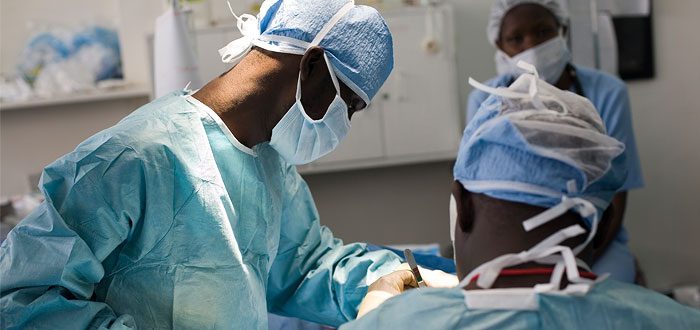
World Sepsis Day 2016: the world’s leading cause of preventable death
September 13 is World Sepsis Day, a day raising awareness of one of the most common deadly diseases in the world.
Sepsis, also known blood poisoning, is a life-threatening condition that arises when the body’s response to infection results in organ dysfunction or failure. It is often confused with other conditions early on, and delayed recognition of the signs and symptoms can lead to multi-system organ failure and ultimately death.
Professor Simon Finfer, of The George Institute for Global Health and the Global Sepsis Alliance, said it was time sepsis was put at the top of the health agenda around the world, where it kills up to 5.3 million people each year.
Professor Finfer said: “Despite advances in modern medicine like vaccines, antibiotics, and acute care, sepsis takes the lives of almost one in three people that contract it. But, most people don’t even know what sepsis is, let alone what to look out for.
“People at greatest risk of sepsis are those over the age of 60, individuals living with a chronic illness and/or undergoing chemotherapy, newborn babies and their mothers, and people who are not vaccinated against common illnesses, including influenza and pneumococcal pneumonia.
“Sepsis strikes fast and is always the result of an infection. The public is largely unaware that deaths from infections like SARS, H1N1, Ebola, malaria, for example, are all due to sepsis.”
In Australia, The George Institute conducted a survey that found:
- Only 34 percent of men and 46 percent of women have heard of sepsis.
- When asked about the causes of sepsis, 25 percent mentioned infection or bacterial infection, 2 percent bacteria, 1 percent contamination of a wound, 1 percent germs/toxins and 1 percent an immune response.
- Just 4 percent were aware that the proportion of people diagnosed with sepsis who will die from it is around 1 in 3, while 6 percent think the proportion is higher, 33 percent lower and 58 percent say they don’t know.
- Just 14 percent knew the main symptoms included fever/chills/sweating, 3 percent rapid heart rate, 2 percent rapid breathing, 1 percent confusion/delirium and 1 percent organ failure.
To stem the rising tide of sepsis and take steps towards reducing the number of deaths it causes, the Global Sepsis Alliance is calling on every country to establish a national action plan by 2020: see their World Sepsis Declaration.
The Global Sepsis Alliance also recently held the 1st World Sepsis Congress, a free online conference with over 11,000 organisations and clinicians around the world registering to listen in.



